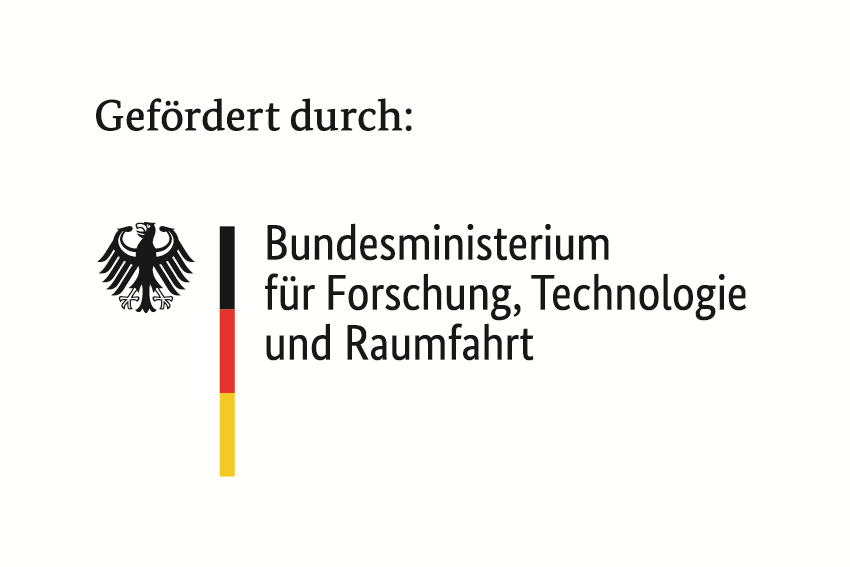GRIPS provides a rare opportunity for graduate students to delve into industrial research problems, fostering a bridge between academic study and practical application. Set in the dynamic environment of the Research Campus MODAL at ZIB, this program extends from June 23 to August 15, 2025, and invites students to collaborate on cross-cultural teams addressing challenging industry-sponsored projects.
Project 1: Matrix Inspection Tool for Scientific Computing
Industry Partner: FICO
Project Description: In many scientific fields, especially those reliant on scientific computing, analyzing matrices is a fundamental aspect of research. However, this process can be cumbersome, and an effective matrix visualization tool has the potential to significantly expedite it. Moreover, floating-point arithmetic is a common source of errors, particularly when computations involve numbers with vastly different magnitudes, making it essential to identify rows and columns with problematic numerical behavior. A naive implementation that simply colors non-zero entries will not be informative when dealing with very sparse matrices, which are common in many applications. Additionally, the tool should be capable of detecting common structural patterns; for example, it is not unusual for a row or column to be expressed as the sum of other rows or columns, and recognizing these aggregated representations can lead to a smaller and more manageable problem formulations. One area where this tool could be beneficial is Mixed-Integer Programming, as such visualizations can expose structural patterns and highlight the numerical properties of matrices that lead to suboptimal
algorithm performance.
Methodology:
Expected outcomes:
An easy-to-use open source tool allowing for a quick visual inspection of matrices and some of their statistics. The tool will also automatically detect common structures.
Requirements of applicants:
Supervision and Collaboration:
This project is supervised by MODAL SynLab in collaboration with the industry partner FICO, a leader in optimization solvers for mixed-integer programming.
=
Project 2: Topology-Aware Non-Rigid Registration for Medical and Vision Applications
Industry Partner: Stryker (formerly: 1000shapes GmbH)
Project Description: Non-rigid registration under topological changes is a crucial research area in computer vision and graphics, with significant applications spanning various domains. This problem involves aligning a deformable template with an observed 2D or 3D data while accounting for topological modifications such as splitting or merging of structures. This research is particularly relevant in medical imaging, environmental monitoring, biological sciences, and robotics.
We will investigate multiple optimization techniques that are prevalent in the non-rigid registration literature and adapt these methods to handle topological changes while utilizing geometric properties of the template to constrain the search space.
Methodology: The primary challenge in non-rigid registration involving topological changes is the strategic application of priors and geometric constraints to effectively attain global minima in what is inherently a highly ill-posed problem. Given a template shape, the project aims to:
1. Investigate solutions for non-rigidly registering the shape to pointclouds and projection of pointclouds with globally optimal solutions, the deformation being constrained by differential geometric properties
2. Investigate utilizing discrete differential geometry along with suitable convex relaxations for non-rigid registration
3. Determine methods for detecting topological changes and localizing separation boundaries when they exist
4. Modifying shapes to adapt to the new topology detected in the previous step
Expected Outcome:
A novel method for modifying the topology of shapes based on 2D and 3D cues
Requirements for the Applicants: We invite applications from highly motivated graduate students with a strong background in mathematics, computer vision, or related fields. The ideal candidate should meet the following criteria:
=
Project 3: Learning to create railway disposition concepts
Industry Partner: DB InfraGO AG
Project Description: Delays, disturbances and disruptions are the daily business of railway infrastructure managers and operators. While modern optimization methods are well-developed for strategic and operational planning tasks, real-time management often lies solely in the hand of experienced dispatchers. In the MODAL MobilityLab, we want to bridge this gap. A simple idea to deal with the time criticality is to pre-compute disposition concepts. This allows in principle to apply mathematical models that are targeted at planning, but those are typically computationally challenging, and they do not necessarily follow the typical disposition philosophy. Instead of a global system optimum, dispatchers prefer to follow a concept that sticks as much as possible to the regular timetable, and differs only in a very limited number of places. It is therefore natural to think about disposition actions, such as short-turning and changing train orders, track allocations, or dwell times, and to create an optimized disposition concept that applies a selection of these actions. The challenge is to find out which of these actions are necessary, impactful, and improving. Speaking in mathematical terms, we want to find good quality solutions to a hard combinatorial optimization problem by using a multi-agent reinforcement learning approach. The project targets at first at understanding how to model the railway disposition concept optimization problem in terms of mixed-integer linear programming, then to define suitable agents and their actions, and finally to implement and evaluate learning strategies on data provided by DB InfraGO AG, Germany’s largest railway infrastructure manager.
Requirements for the applicants:


